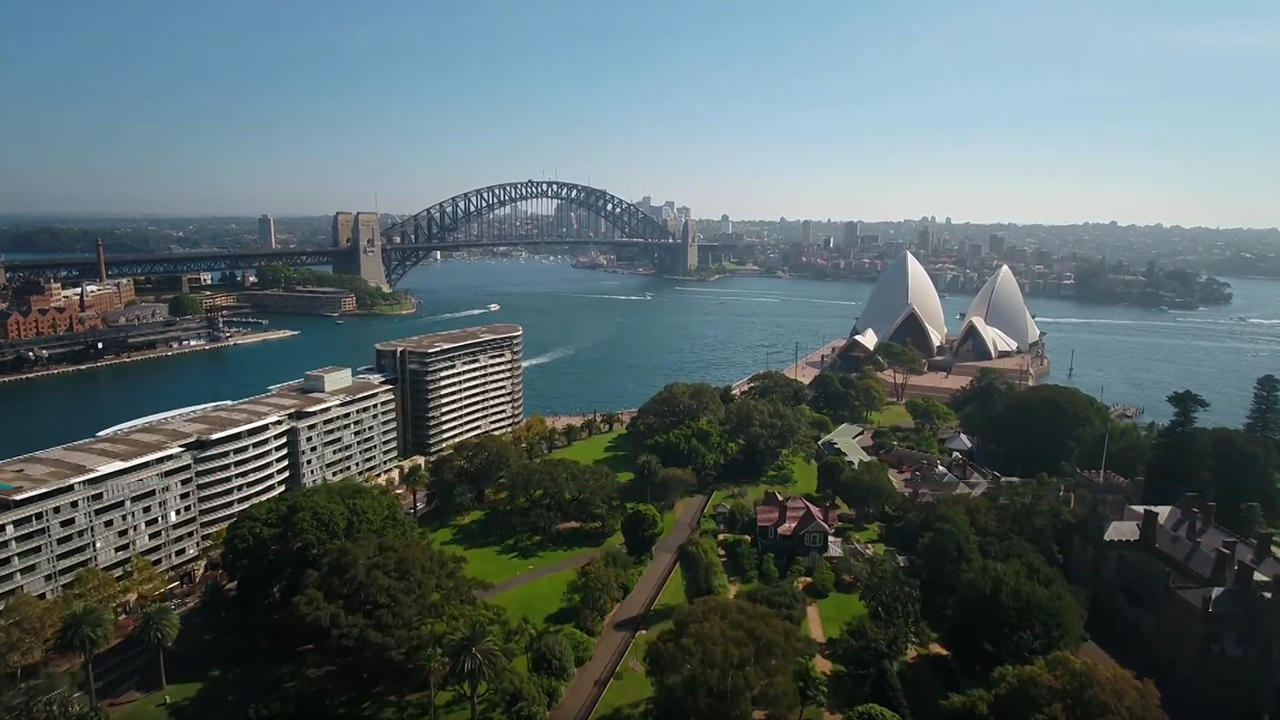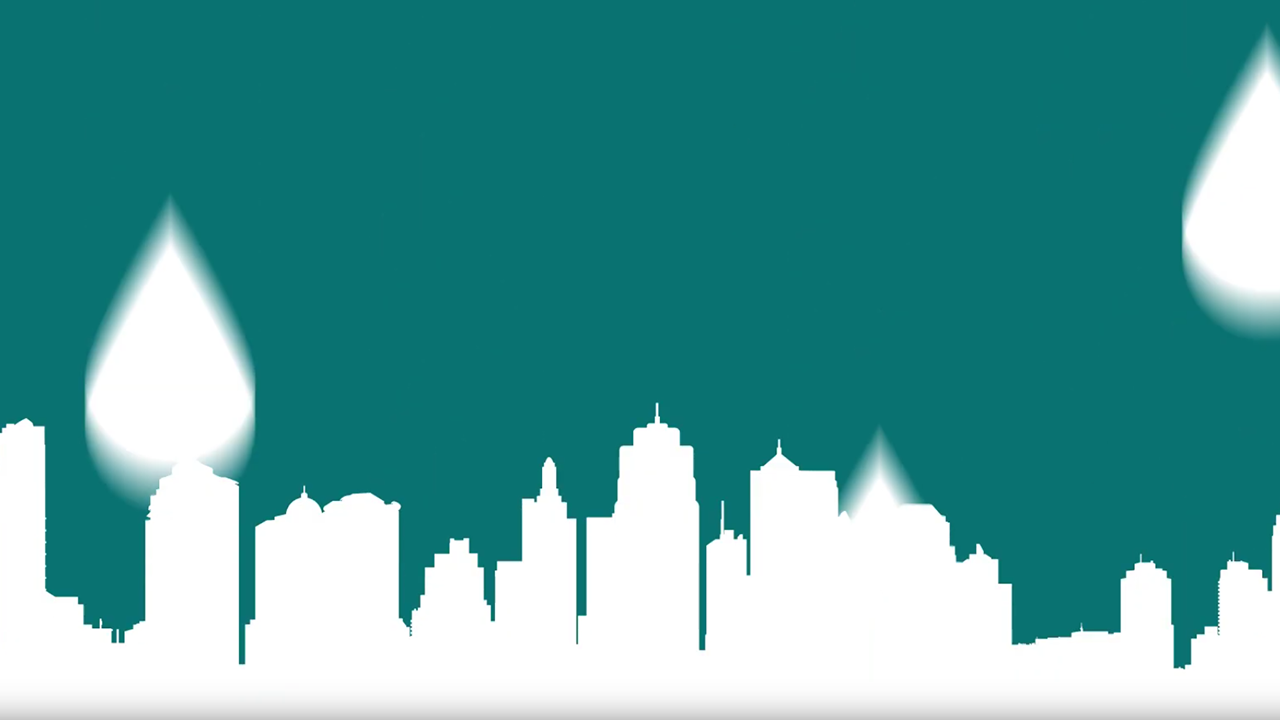Interested in benchmarking your city?
Are you interested in finding out how well your city, town or region manages its urban water resources? Have you wondered what’s involved in benchmarking water sensitive performance?
A new video from the CRC for Water Sensitive Cities explains that the Water Sensitive Cities Index can help you answer some critical questions about becoming water sensitive:
- Where should I begin?
- What are my city’s strengths and weaknesses?
- What actions can I take now to support my city’s transition?
- How do I motivate and engage stakeholders, and coordinate action?
- How can I measure my progress over time?

Stakeholder collaboration, cooperation and alignment are crucial in achieving a water sensitive city. So, the video explains that stakeholders work together to share knowledge and data, agree on a value for each indicator, and then set priorities for achieving their water sensitive goals.
There’s also lots of other useful information about the Index and how it works. Did you know?
- Urban areas move through six developmental states on their way to becoming more water sensitive.
- The WSC Index articulates seven goals of a water sensitive city, which are both bio-physical and socio-institutional.
- The Index allows for city-to-city learning, having been applied to 29 urban areas across Australia, Indonesia, Fiji, China and Myanmar, including large metropolitan cities, regional centres and local government areas.

For more information about the Index
Visit the website or contact the CRCWSC or your local WSC Index accredited provider:
Melissa McGrath (from Josh Byrne & Associates, Western Australia)
Fiona Chandler (from Alluvium, Queensland)
Richard McManus (from Alluvium, New South Wales)
Helen Brookes (from Urbaqua, Western Australia)
Shelley Shepherd (from Urbaqua, Western Australia)
Sally Boer (from E2Designlab, Queensland)
Sara Lloyd (from E2Designlab, Victoria)
Lindsey Brown (from Foundry Consulting, Victoria)